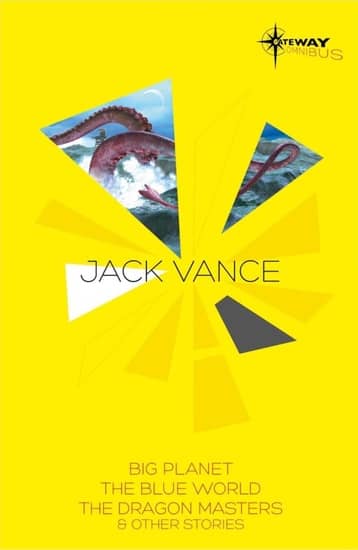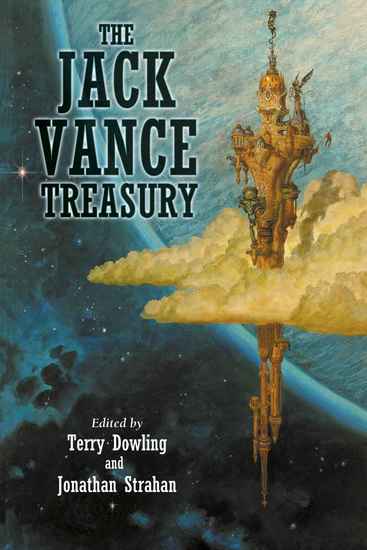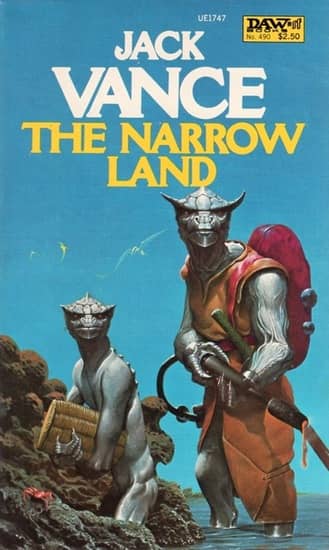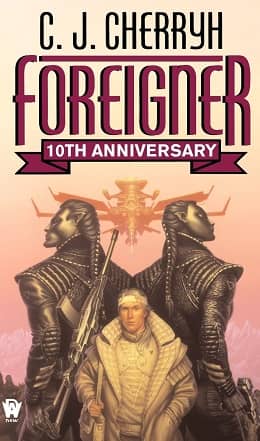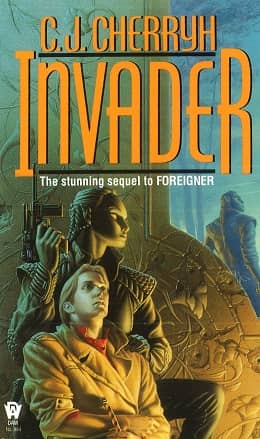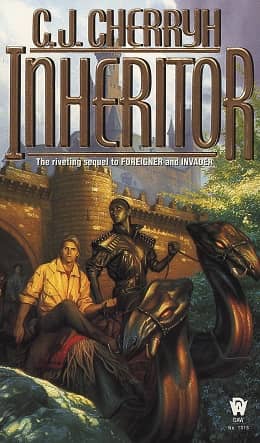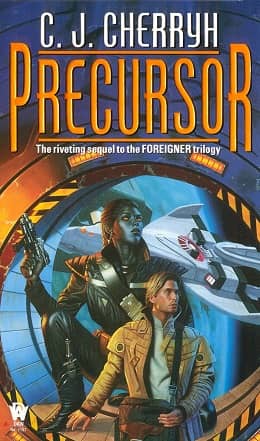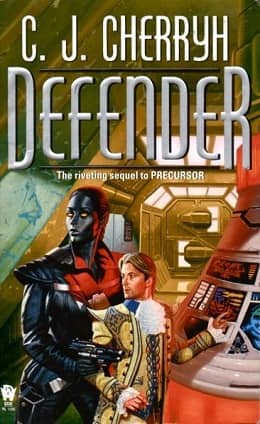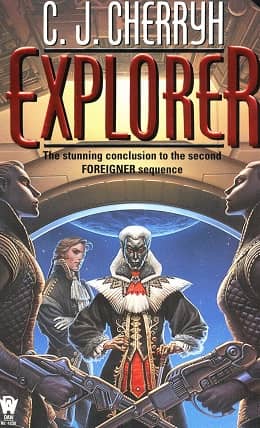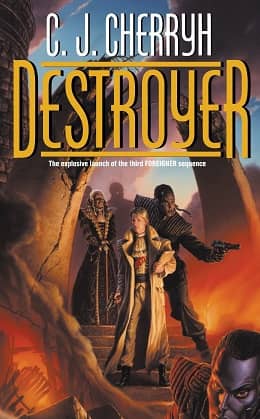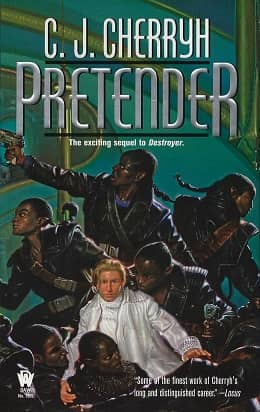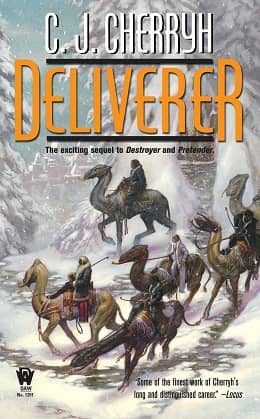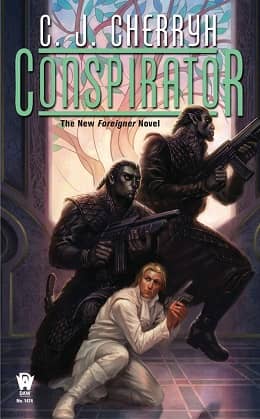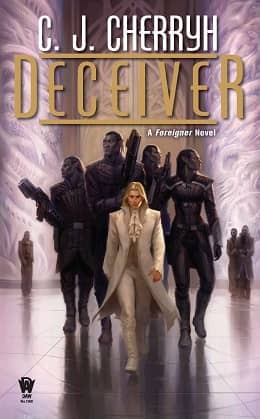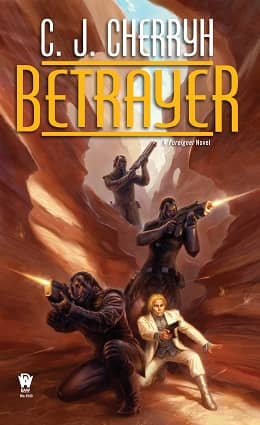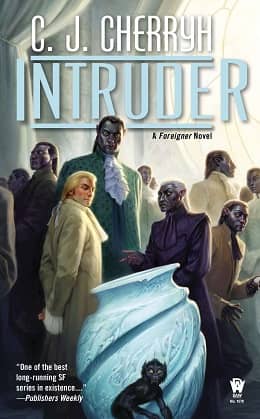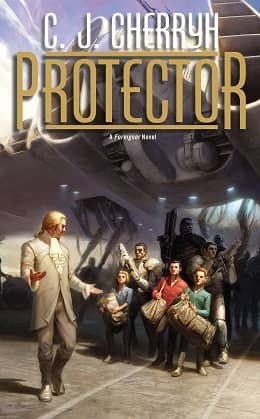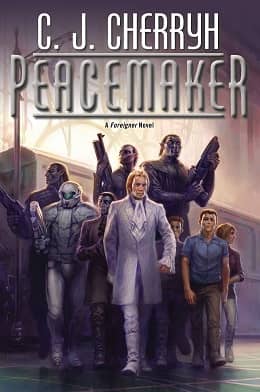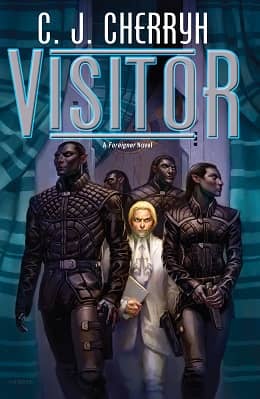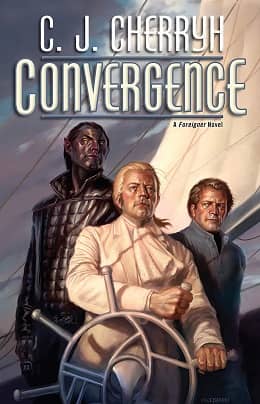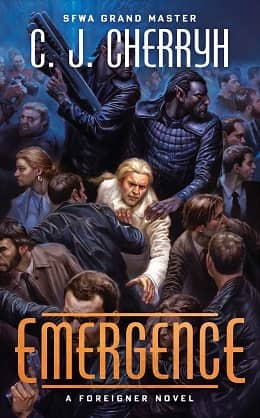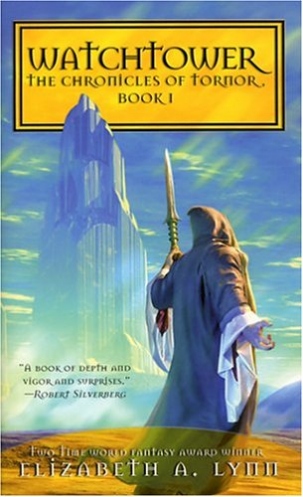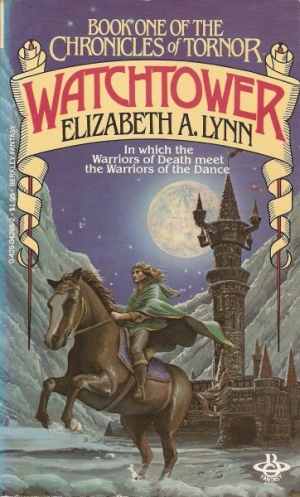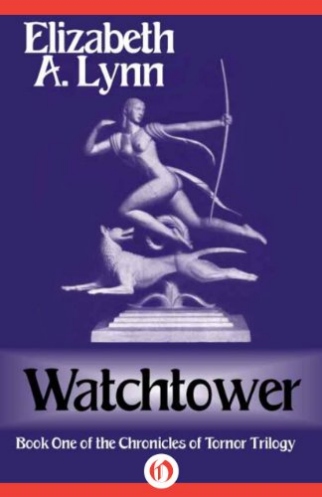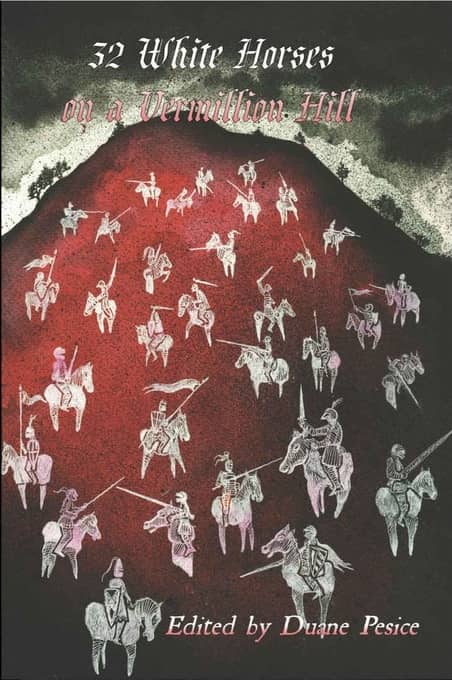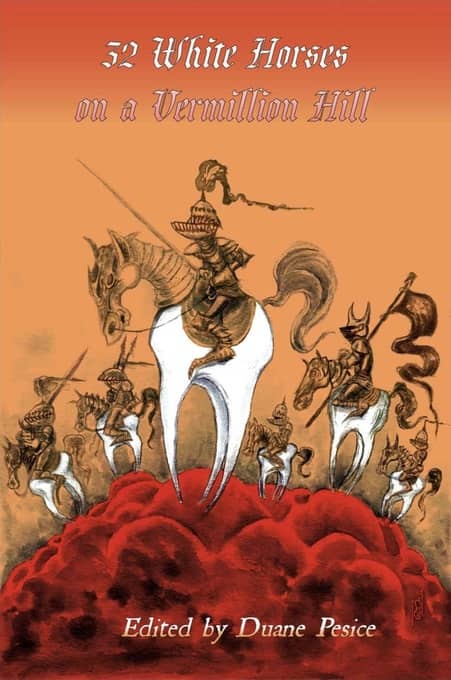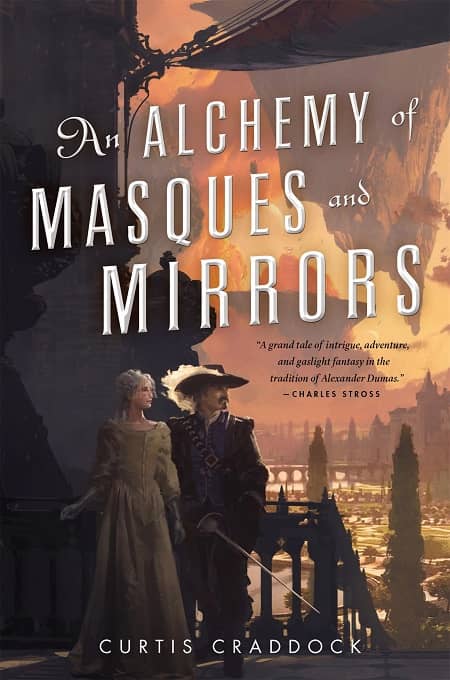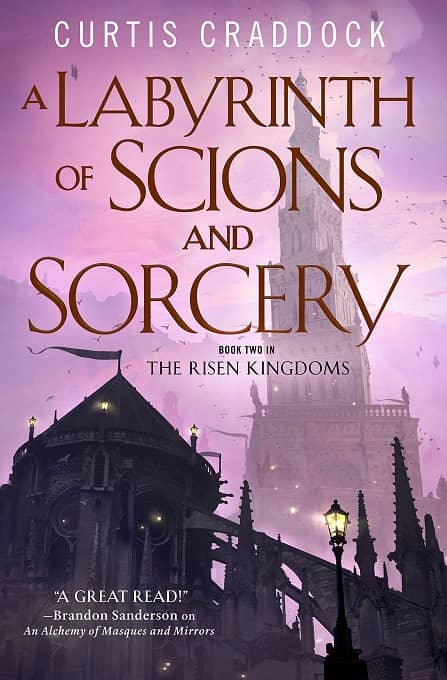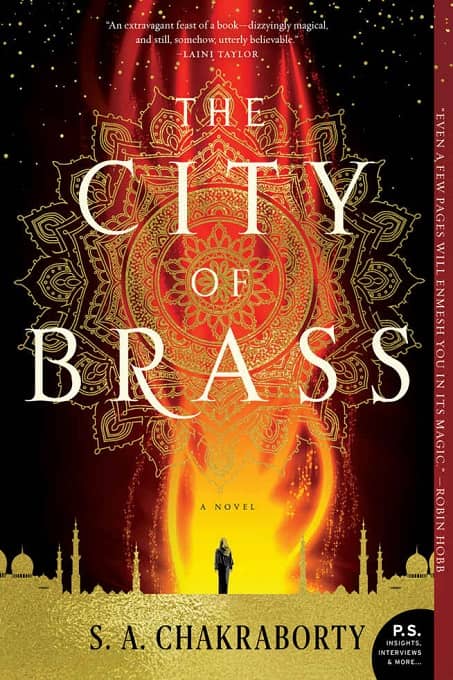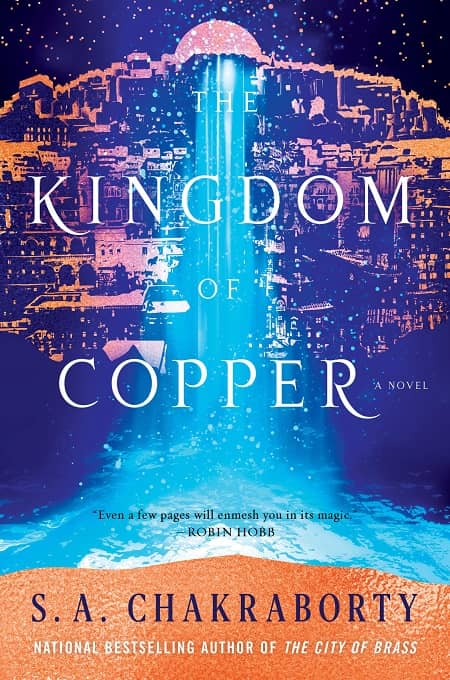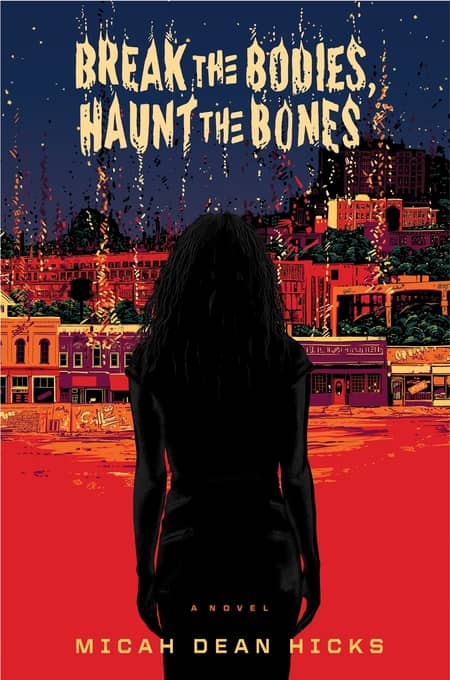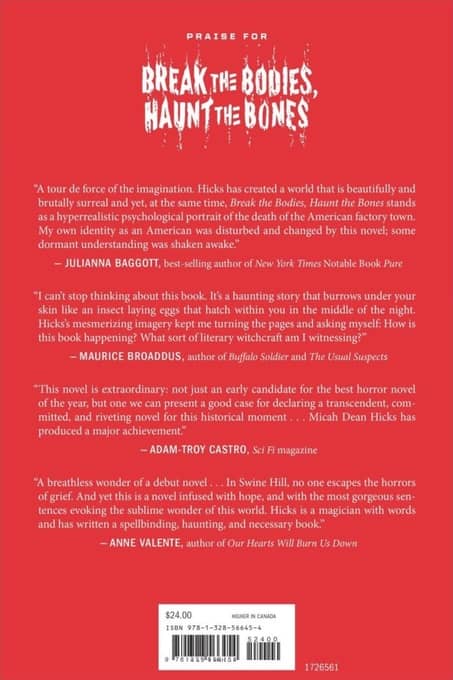Nora Roberts meets Neal Stephenson: The Felicia Sevigny Trilogy by Catherine Cerveny
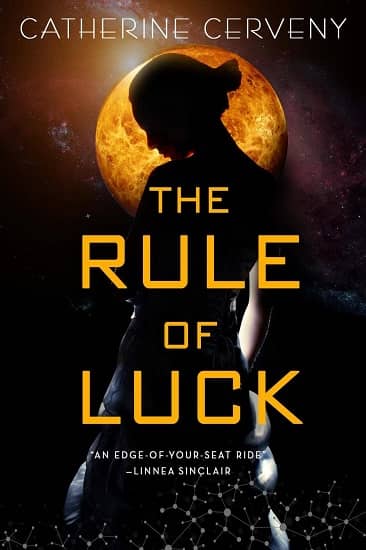 |
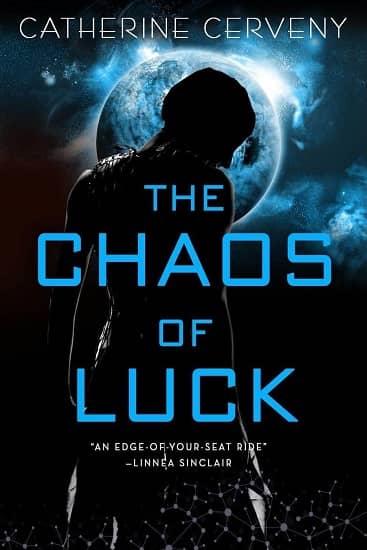 |
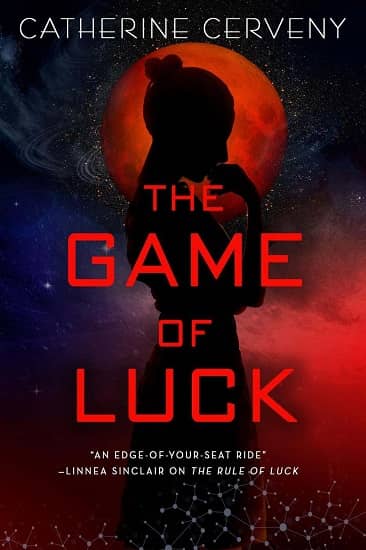 |
I first discovered Catherine Cerveny’s Felicia Sevigny trilogy when Unbound Worlds selected the second novel, The Chaos of Luck, as one of the Best SF Titles of December 2017. The tale of a Brazilian tarot card reader and a Russian crime lord and their desperate race to unmask a conspiracy sounded different enough to be very appealing, and I took a chance and bought the first two books.
The series opened with The Rule of Luck (2017), Catherine Cerveny’s debut novel, an unusual blend of romance and SF thriller in which tarot card reader Felicia Sevigny discovers she’s at the heart of a far-reaching plot to manipulate human genetics. Alison Spanner at Booklist gave the book a starred review, saying
In the year 2950, dark days of floods, war, famine, and devastation are over, but the world has been reshaped forever. Terraforming on Venus and Mars, tech implants allowing for seamless access to the Internet-like CN-net, genetic modification to enhance beauty, government-sponsored anti-aging treatments, and strictly regulated population control are the new normal under the world’s new government, One Gov. Felicia Sevigny grows up blindly believing her life is her own until she discovers, for reasons unknown to her, she has been blacklisted from having a baby. Felicia has made a name for herself as a skilled fortune-teller, and her life changes the day Alexei Petriv, a high-ranking member of the Tsarist Consortium, a shadow organization set to take One Gov down, walks into her shop and demands a reading. In return for a promise to remove her blacklisted status, Felicia agrees to help Alexei in his quest to take power from One Gov… Cerveny’s first novel in a planned trilogy mingles romance and science fiction — think Nora Roberts meets Neal Stephenson — and is certain to satisfy audiences of both genres.
The final novel, The Game of Luck, arrived in September 2018. All three volumes were published in trade paperback and digital formats by Orbit Books; the striking covers were designed by Lisa Marie Pompilio. The digital version of The Rule of Luck is priced at just $4.99 at most major online bookstores — well worth checking out.
See all of our recent coverage of the best SF and fantasy series here.
